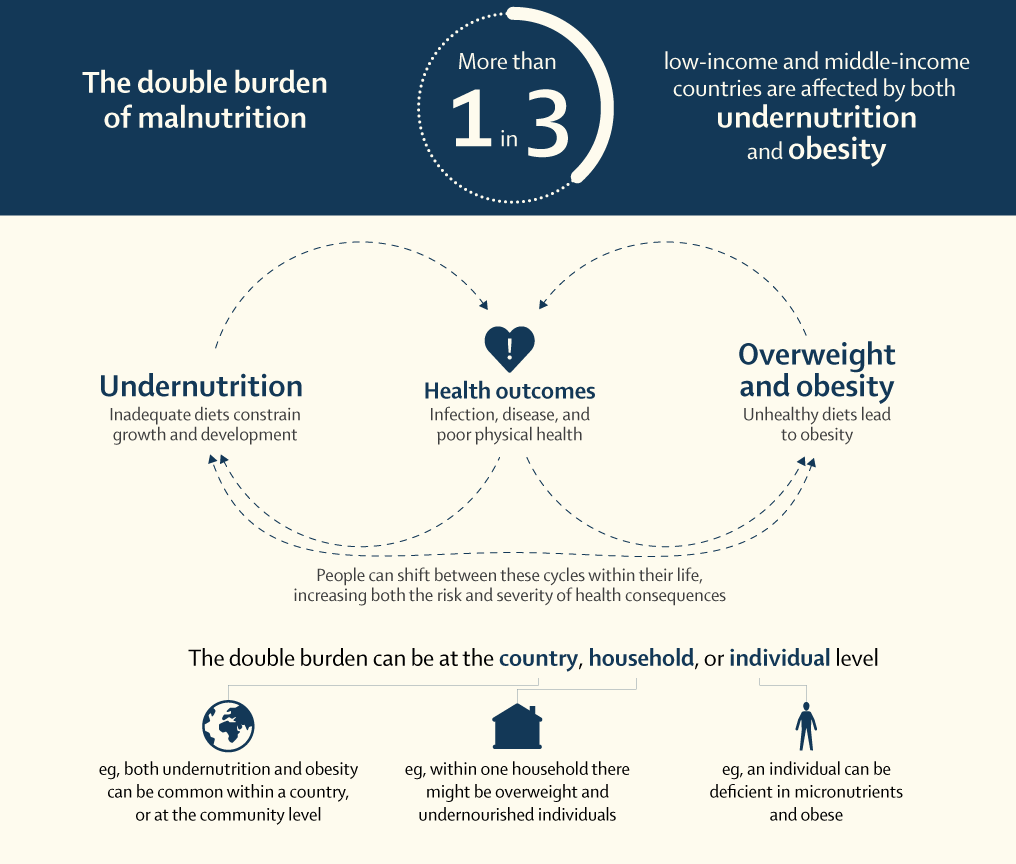Food Bytes is a weekly blog post of “nibbles” of information on all things food and nutrition science, policy and culture.
2020 is off and running and the world finds ways to fill in the gaps it makes.
There is lots of interesting stuff being published or planned for publishing in the food systems space.
There are new journals out there. Nature Food released its inaugural issue called “silos and systems” (with a corn silo on the cover) and it is really great so far. Highly recommend reading it - all open access articles to boot! While it has been around about two years, Nature Sustainability is high-quality and publishes a lot on food systems. Colleagues at Cornell are working with the Journal to come up with evidence-based innovations across food supply chains ready for scale-up. More on this project can be found here. The prestigious Cell Journal now has a sister journal called “One Earth.” While it focuses on climate and earth sciences, there are lots of food gems in each issue thus far.
I am also serving as the Editor in Chief of the Global Food Security Journal. We publish:
Strategic views of experts from a wide range of disciplinary perspectives on prospects for ensuring food security, food systems, and nutrition, based on the best available science, in a clear and readable form for a wide audience, bridging the gap between biological, social and environmental sciences.
Reviews, opinions, and debates that synthesize, extend and critique research approaches and findings from the rapidly growing body of original publications on global food security and food systems.
I am also serving as an Associate Editor of Food Systems and the Environment for the American Journal of Clinical Nutrition. We published our 10-year vision. In that, we highlight that the Journal will be soliciting cutting-edge papers that disentangle research that spans food system activities and actors, environmental change, and health and nutrition outcomes, taking into account the rapid socioeconomic, political, and societal transitions in the 21st century. The research space is complex and requires a convergence of new disciplines to understand the benefits and trade-offs of evidence so vital to improving diets and nutrition. We are looking for agriculture, food value chains, climate, environment, and diet themes to come together to answer the many evidence gaps that impact nutrition and human health.
The Lancet series on the double burden came out in late 2019 basically showing that there is a significant increase in low- and middle-income countries struggling with both undernutrition and overweight and obesity. The second and third papers on the etiology and actions to address the double burden stand out.
There is some controversy brewing in the nutrition world. But what else is new? JAMA published a pretty scathing article about conflicts of interest stemming from the series of articles that meat is actually not detrimental, or at least, neutral for health. JAMA argues that another group of scientists basically bullied the journal into retracting the articles, which did not happen. The JAMA called it “information terrorism.” What a mess.
A few of us from GAIN and Johns Hopkins University presented the Global Food Systems Dashboard at IFPRI last week. Check out the video and highlights here. The Dashboard brings together extant data from public and private sources to help decision-makers diagnose their food systems and identify all their levers of change and the ones that need to be pulled first. Follow updates and announcements of the official launch on Twitter.
